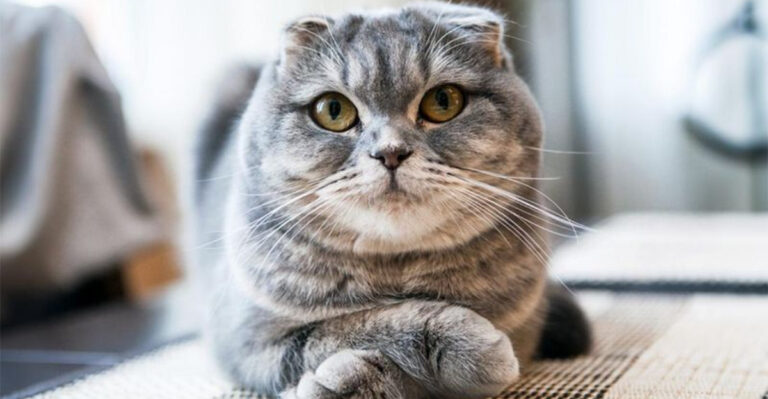12 Ways To Keep The Peace In A Multi-Pet Household
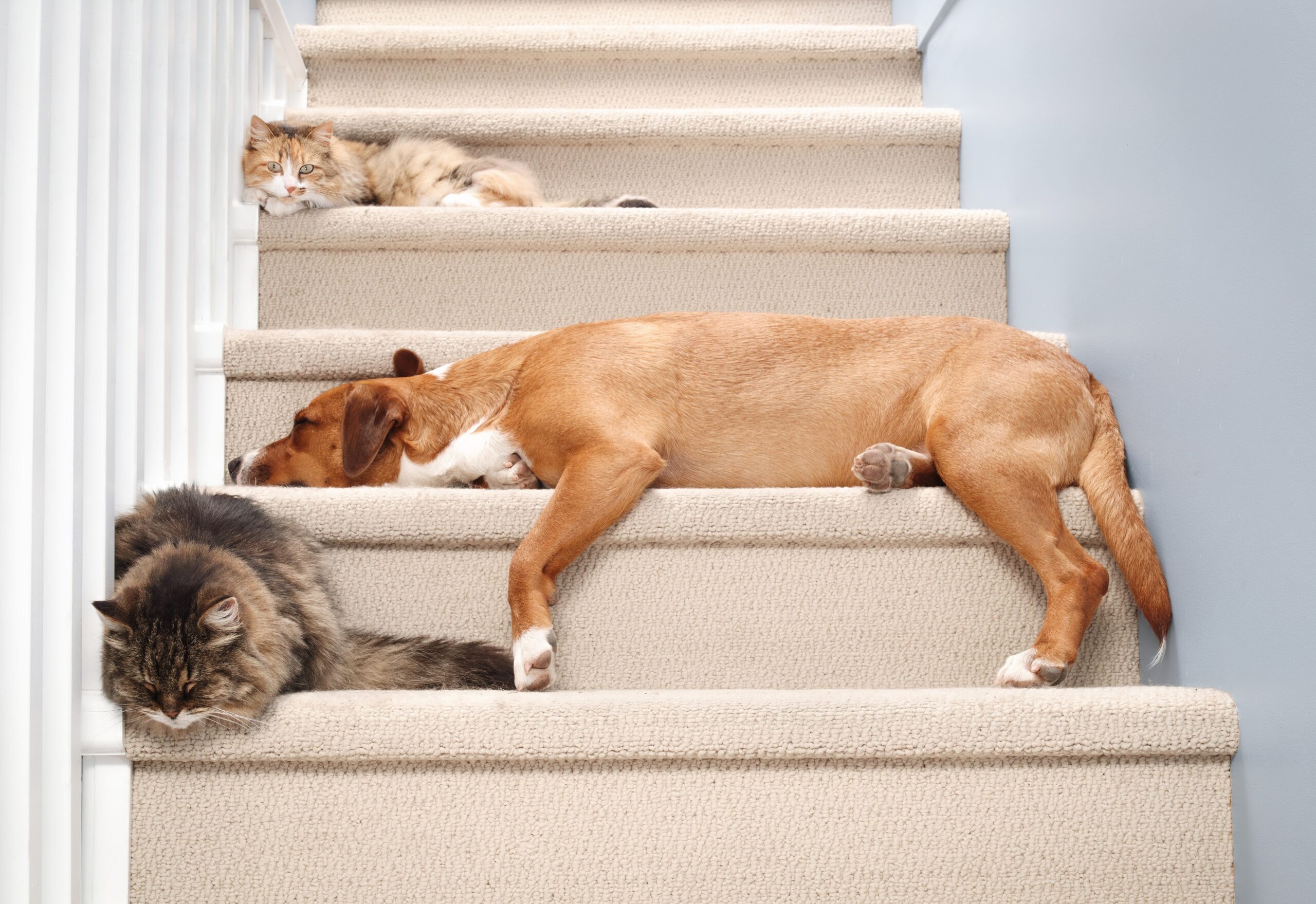
Maintaining harmony in a household with multiple pets can be both challenging and rewarding. Whether you have cats, dogs, birds, or a mix of different species, creating a peaceful environment is essential for the well-being of all your furry (or feathered) friends.
By understanding their needs and respecting their unique personalities, you can foster a loving and harmonious home. Here, we explore effective ways to ensure peace reigns in your multi-pet household.
1. Understand Each Pet’s Needs

Every pet has its own distinct needs and preferences. Dogs might require more outdoor play, while cats often enjoy quiet lounging in sunny spots. Birds, on the other hand, benefit from stimulation and social interaction.
By tailoring your approach to meet these needs, you show respect and understanding for each animal’s nature. This can involve scheduled playtime, designated rest areas, and appropriate feeding routines. Creating an environment that caters to each pet’s individual needs reduces stress and promotes happiness, making your home a peaceful place for all.
2. Establish Boundaries
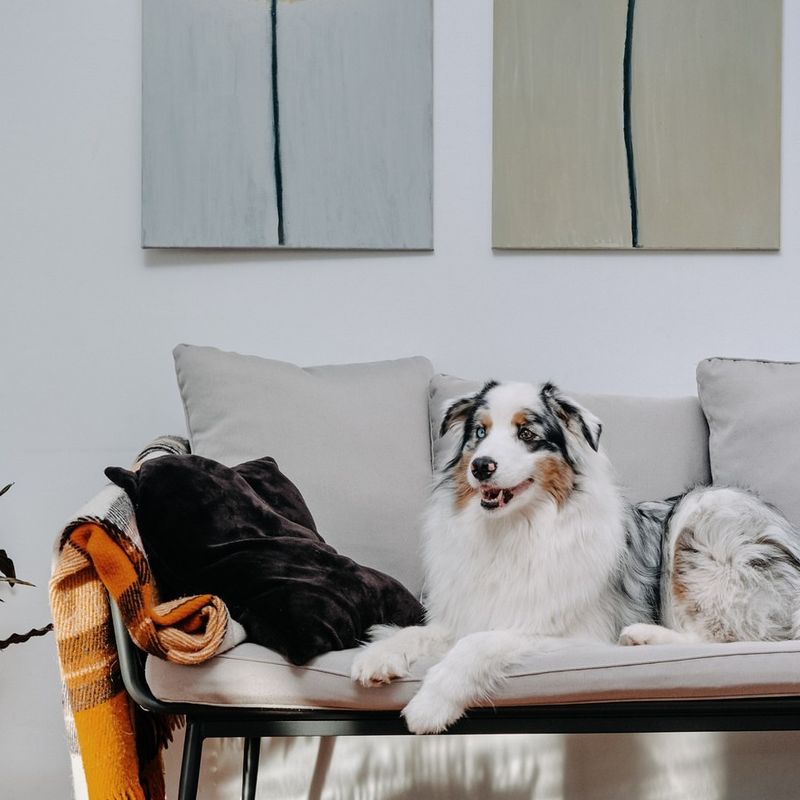
Boundaries are crucial in a multi-pet household. Designating specific areas for each pet helps them feel secure and respected. For instance, having a separate sleeping space for a dog can prevent territorial disputes with cats.
Visual cues like pet beds and special crates aid in defining these boundaries. This arrangement allows pets to retreat to their own spaces when needed. Respecting these boundaries fosters a sense of ownership and tranquility among your pets, thus reducing potential conflicts.
3. Monitor Interactions

Supervising pets as they interact is vital, especially in the early stages of cohabitation. By closely watching their behavior, you can prevent aggressive encounters and misunderstandings.
Intervening when play becomes too rough or when signs of discomfort appear ensures that all pets feel safe. This may involve redirecting attention or separating them temporarily. Such vigilance helps build trust among your pets and encourages more positive interactions over time.
4. Consistent Feeding Schedules
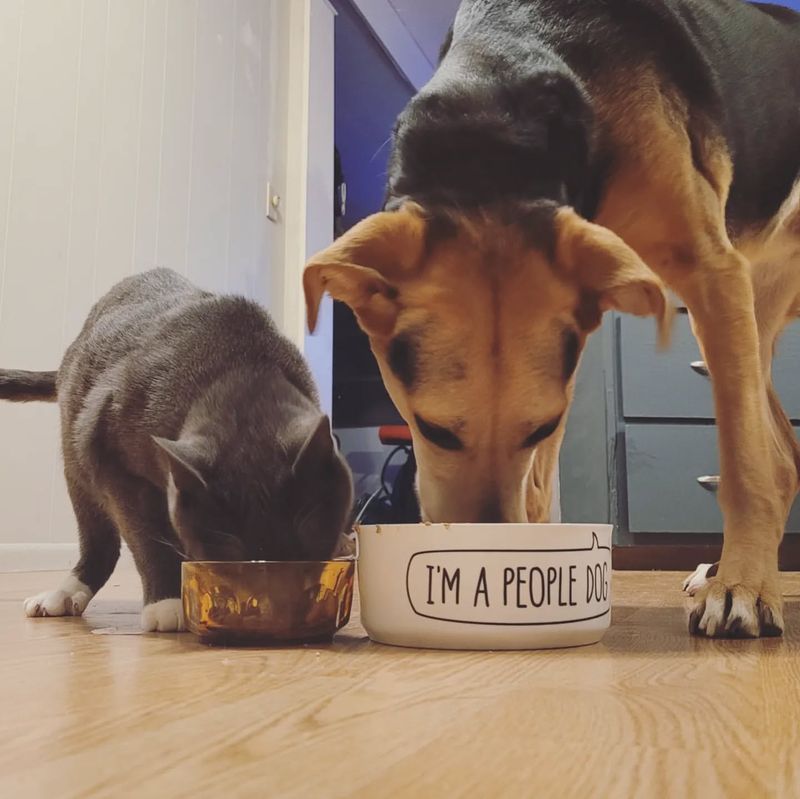
Maintaining consistent feeding schedules is key to managing a peaceful multi-pet home. Each animal should have its own feeding area to prevent competition and anxiety. Feeding at the same time each day helps establish a routine, minimizing food-related tension.
This practice can also prevent overeating or food guarding behaviors. By ensuring that all pets are fed appropriately and calmly, you contribute to a harmonious household atmosphere.
5. Regular Vet Check-Ups
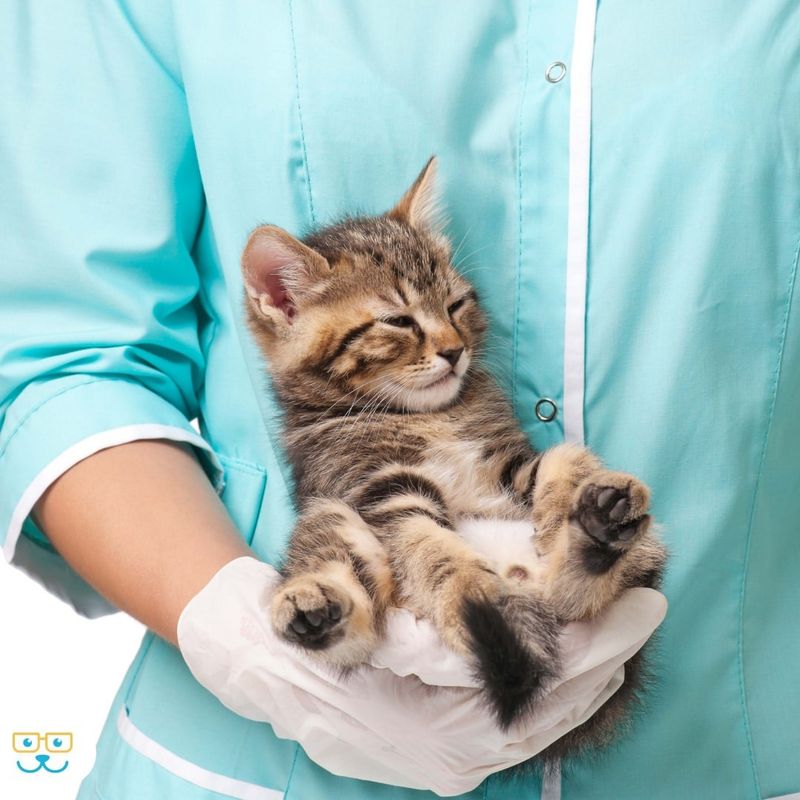
Health is a cornerstone of peace in any household. Regular vet check-ups ensure that all pets are in good health and free of parasites or illnesses that could spread to others.
These visits are also opportunities to discuss any behavioral concerns with your vet, allowing you to address issues before they escalate. Keeping vaccinations up to date and monitoring each pet’s health can prevent stress and promote confidence within the group.
6. Provide Plenty Of Toys
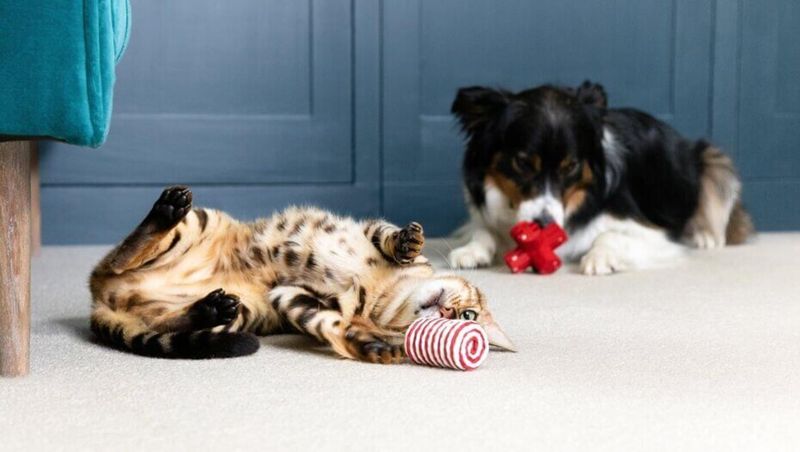
Toys are more than just fun; they are essential for mental stimulation and exercise. Providing a variety of toys caters to the different play styles and needs of each pet. Interactive toys can engage pets simultaneously, fostering cooperative play and reducing boredom-induced mischief.
Rotating toys keeps the excitement fresh. Some dog breeds, for example, are a lot more excitable than others. If they’re on the larger side, they can do quite a bit of damage, unlike a small (and wild) cat. That’s why especially entertaining dogs in fun ways is crucial.
By ensuring all pets have access to engaging activities, you promote a more peaceful and content environment.
7. Train And Socialize Your Pets

Training and socialization are fundamental in promoting harmony among multiple pets. Basic commands can prevent chaotic situations and enhance communication.
Socialization helps pets become more accustomed to each other’s presence, reducing fear and aggression. Group training sessions can be a great way to encourage this interaction. Investing time in training and socializing your pets will pay off in a more cooperative and peaceful household.
8. Introduce New Pets Gradually
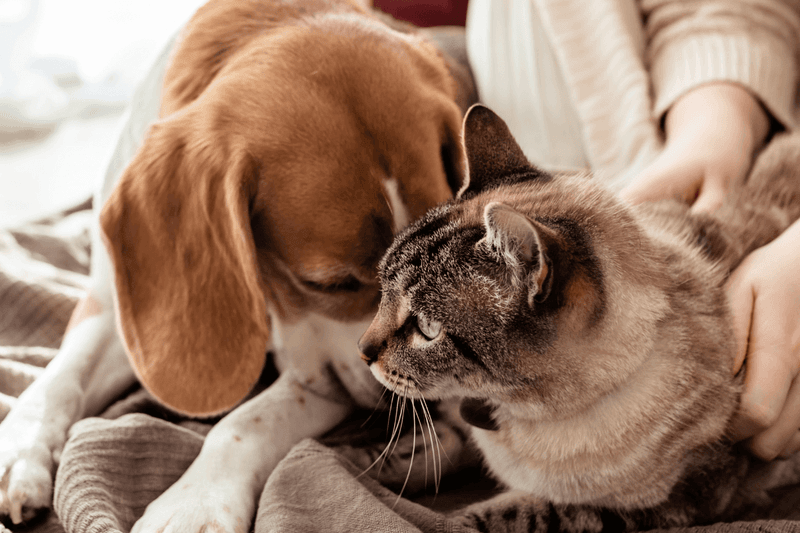
Introducing a new pet should be a slow and deliberate process. Sudden introductions can lead to stress and territorial aggression. Begin with short, supervised meetings in neutral areas, gradually increasing the duration as all pets become more comfortable.
Positive reinforcement and patience are key. By easing new arrivals into the household, you set the stage for peaceful coexistence and acceptance.
9. Observe Body Language

Understanding your pets’ body language is crucial to maintaining peace. Subtle cues like tail position, ear movement, or vocalizations can indicate discomfort or aggression.
By recognizing these signals early, you can intervene before conflicts arise. This might involve calming the situation or providing a break from interaction. Being attuned to your pets’ nonverbal communication fosters a respectful and harmonious environment.
10. Create A Routine
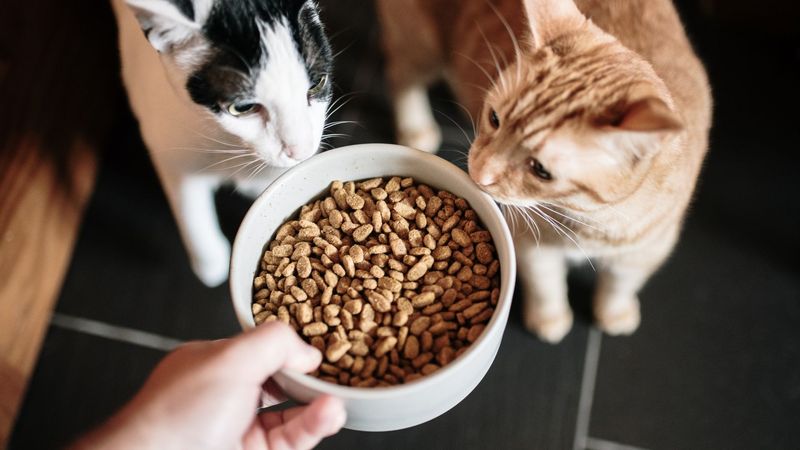
Routines provide structure and predictability, which are comforting for pets. Knowing what to expect reduces anxiety and fosters a sense of security. Establishing regular feeding, play, and rest times helps all pets adapt to living together.
Consistency in routine can quell any unease or tension. A well-structured day keeps your pets content, contributing to a peaceful household environment.
11. Practice Patience And Flexibility
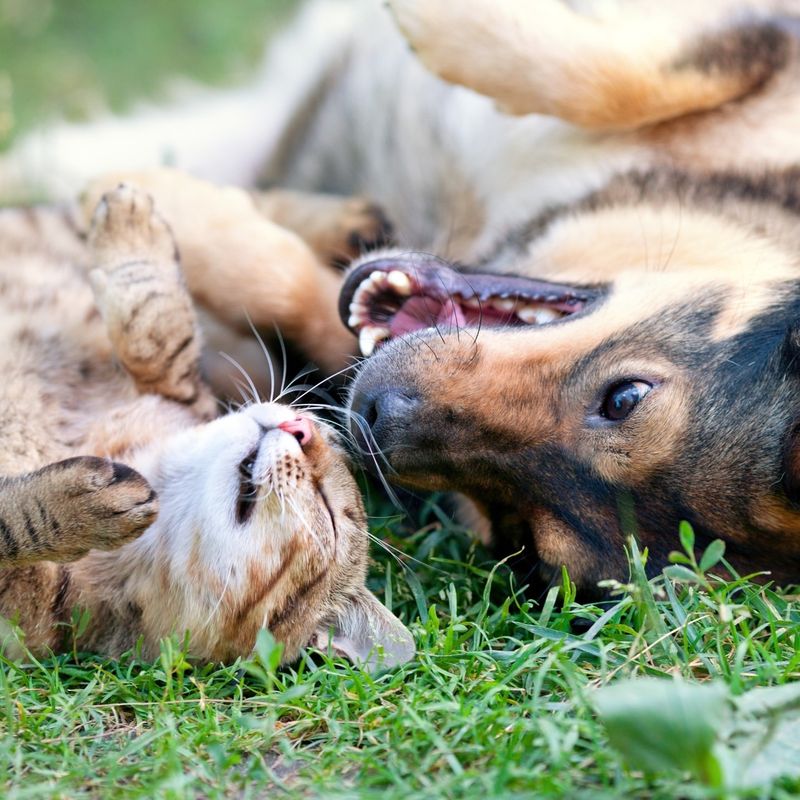
Living with multiple pets requires patience and flexibility. Pets may behave unpredictably, and adapting to their needs is essential for harmony. Sometimes, plans may need to change to accommodate a pet’s mood or health condition.
Being adaptable shows your pets that you are attentive and caring. Patience and understanding will allow you to handle challenges gracefully, maintaining peace in your multi-pet home.
12. Use Positive Reinforcement
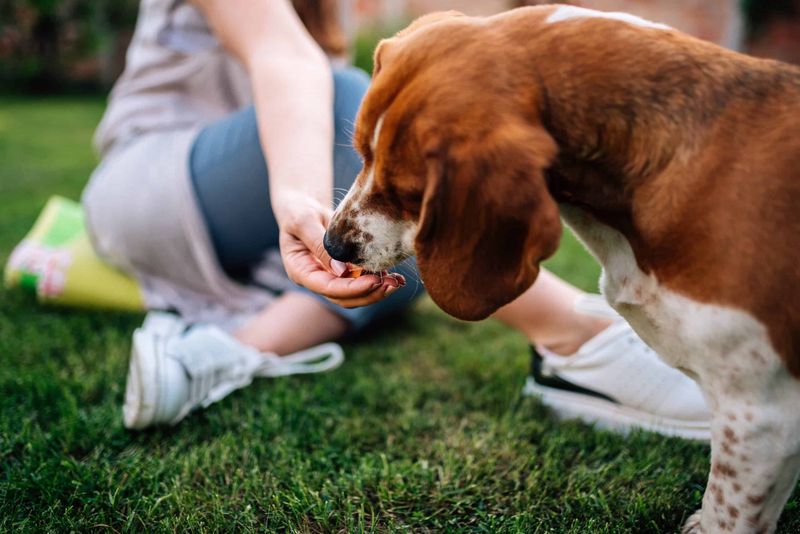
Positive reinforcement is an effective tool for encouraging desired behavior among pets. Rewarding calm and cooperative actions can reduce conflicts and promote peace. Treats, praise, and petting are great ways to reinforce good behavior.
Identifying moments when pets show patience with each other can strengthen their bond. Incorporating positive reinforcement into your daily routine fosters a loving and respectful household environment.



